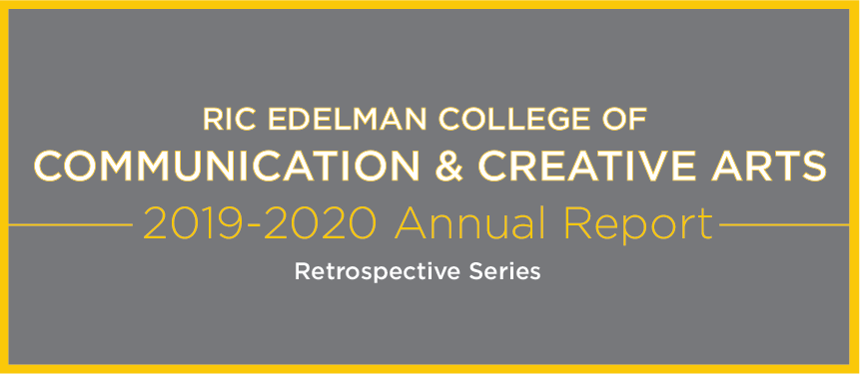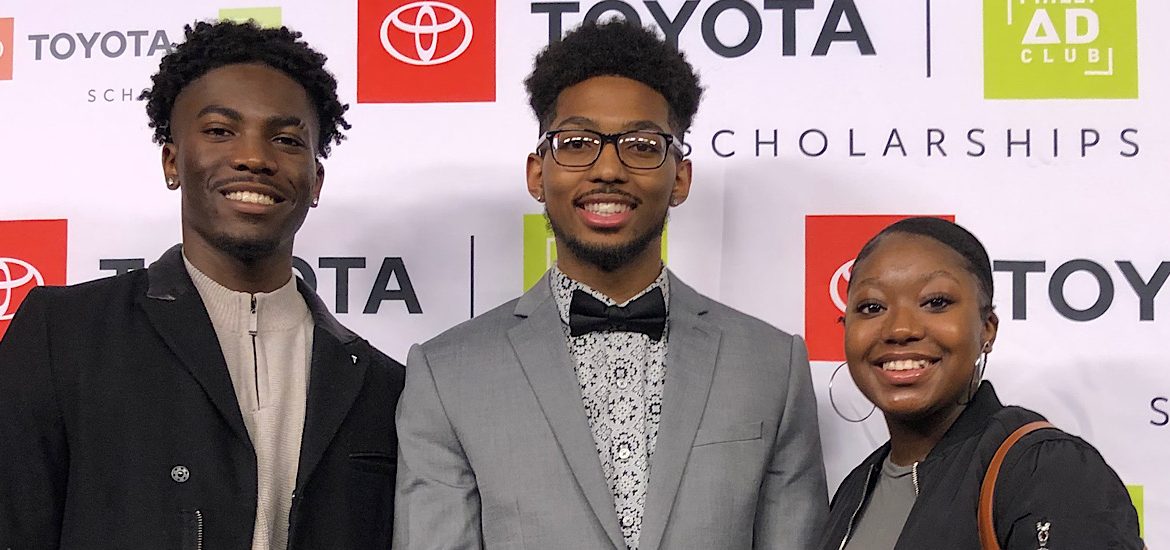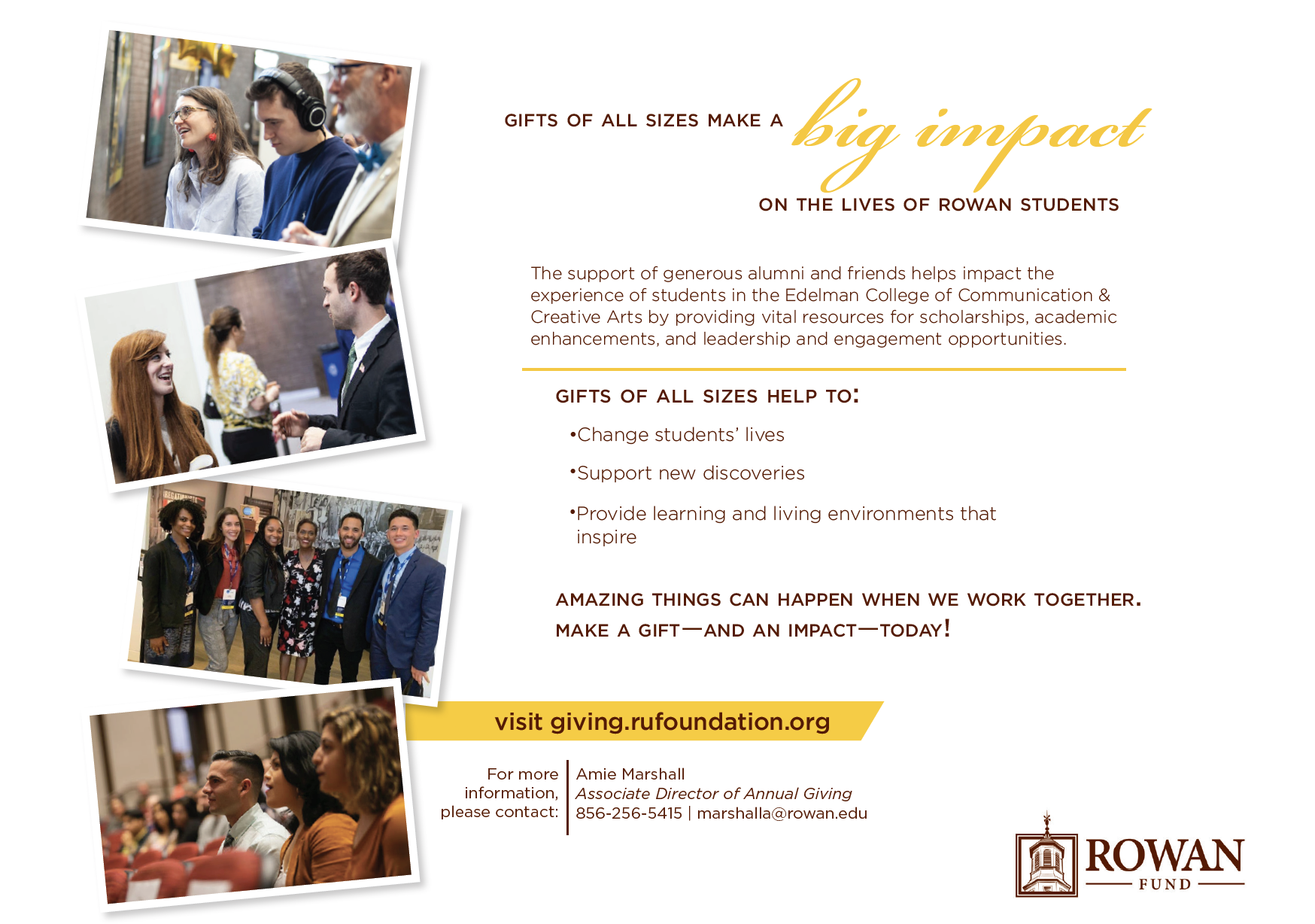Issue 4
Issue 4
Ric Edelman College of Communication & Creative Arts 2019-20 Annual Report: Issue #4
Welcome to Issue #4 of the Ric Edelman College of Communication & Creative Arts (Edelman CCCA) Annual Report! We have had so much going on that we presented the annual report as a retrospective series.
This final issue focuses on our commitment to diversity, equity and inclusion and what those efforts look like throughout the college, the gifts that support our students, faculty and staff, and what’s next for our College.
Diversity, Equity & Inclusion (DEI)
- Rowan & Edelman CCCA Initiatives
- Scholarships
- DEI at The Rowan University Art Gallery
- Bringing STEM careers to rural students: NSF grant will use virtual reality videos to expose high schoolers to in-demand technical careers
- Sports CaM students intern with NCAA officials on a website for the Diversity & Inclusion Social Media Campaign
- Writing Arts professor releases memoir about her experience with daughter's Wolf-Hirschhorn Syndrome
- Alum wins Clarion Award from Association of Women in Communications
- Writing Arts MA student shares spoken word poem about racism & standardized English
- Activist, advocate, storyteller: Rowan's first grad with Down syndrome, AnnaRose Rubright, set to pursue filmmaking career
- Public Relations & Advertising student helps organize campus Juneteenth march
Diversity, Equity & Inclusion (DEI)
Diversity, Equity & Inclusion (DEI) efforts have long been part of the fabric of our College. Recent events and the treatment of Black, Indigenous and People of Color in our country, however, have shown us that we need to increase our efforts in this area.Under the auspices of the Division of Diversity, Equity and Inclusion (DEI), which was created in 2019, we are amplifying our commitment to making the University a more diverse and inclusive community.
Recent initiatives from the Division of DEI include the implementation of the Professional Development certificate: Foundations in Diversity, Equity, and Inclusion Certificate, which is now required of all new faculty, and new University-level committees including the Neurodiversity Task Force.
Edelman CCCA Initiatives
Edelman CCCA is also undertaking more concerted and structured efforts, including establishing a committee that conducted an assessment of our college and developed a strategic action plan. The Edelman CCCA Strategic Action Plan imbues DEI into the infrastructure of the college including offering a curriculum that supports diversity, equity and inclusion, and establishing DEI as part of the college’s central messaging and communications.
The Edelman CCCA DEI Committee has representatives from all six departments, Rowan Radio and the Rowan Art Gallery. Members include:
- Nick DiUlio (Journalism)
- Celine Hong (PR & Advertising)
- Derek Jones (WGLS)
- Yannick Kluch (Communication Studies)
- Colleen Montgomery (RTF)
- Mary Salvante (Art Gallery)
- Rachael Shapiro (Writing Arts), Chair
- Donna Sweigart (Art)
Additionally, our faculty, staff and students have been part of large and small-scale DEI efforts on campus and in the community. Below are highlights from this summer and more.
The Ric Edelman CCCA Scholarships and Professional Development Fund
Ric Edelman, a Communications alum ’80 and his wife, Jean Edelman ’81, established the Ric Edelman CCCA Scholarships and Professional Development Fund last November, to support Edelman CCCA students including first-generation students, those overcoming substantial educational or economic obstacles, and students whose academic and professional goals promote diversity, equity and inclusion through communication and/or creative arts. 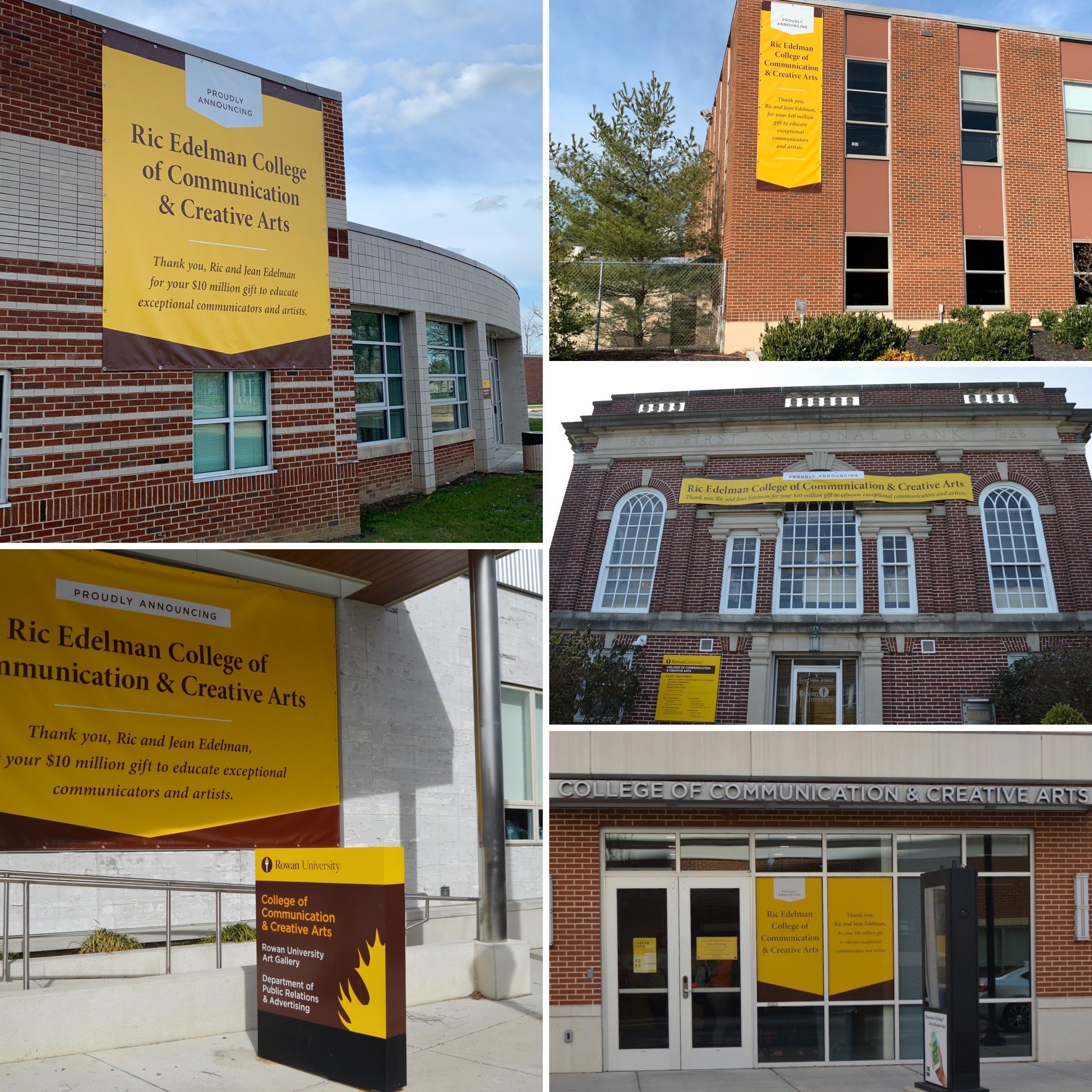
Rowan University Creative Inquiry Scholarships
Fine art photographer Dr. Paul Grand and Dr. Sunitha Menon, his wife, established the Rowan University Creative Inquiry Scholars, administered through the Institute of Innovative Media, Materials & Design (IMMaD).
CCCA Flying First Scholarship
Edelman CCCA Dean Sanford Tweedie and Vice President for Academic Affairs Roberta Harvey recently endowed the CCCA Flying First Scholarship, which has received numerous contributions by others. It provides scholarships to first generation Edelman CCCA students in support of the Flying First initiative at Rowan. First preference for this scholarship goes to students whose academic and professional goals promote diversity, equity and inclusion through communication and/or creative arts.
Trymaine Lee Diversity in Media Scholarship
Established in spring of 2019 by Pulitzer Prize- and Emmy Award-winning journalist and alumnus Trymaine Lee, the Trymaine Lee Diversity in Media Scholarship is an income-based scholarship for first-generation Journalism students participating in a Rowan University diversity initiative program.
DEI at The Rowan University Art Gallery
Edelman CCCA is fortunate to house the Rowan University Art Gallery with two main locations on the Glassboro campus.
The 301 High Street Gallery exhibits contemporary art and hosts educational programs and panels that encourage discourse within the Rowan community and visitors from all around the region. Currently, the 301 High Street location is showing Swoon: Cicada by appointment until October 20 or virtually, here. Beginning on November 2, Federico Solmi: The Bacchanalian Ones will be on display by appointment.
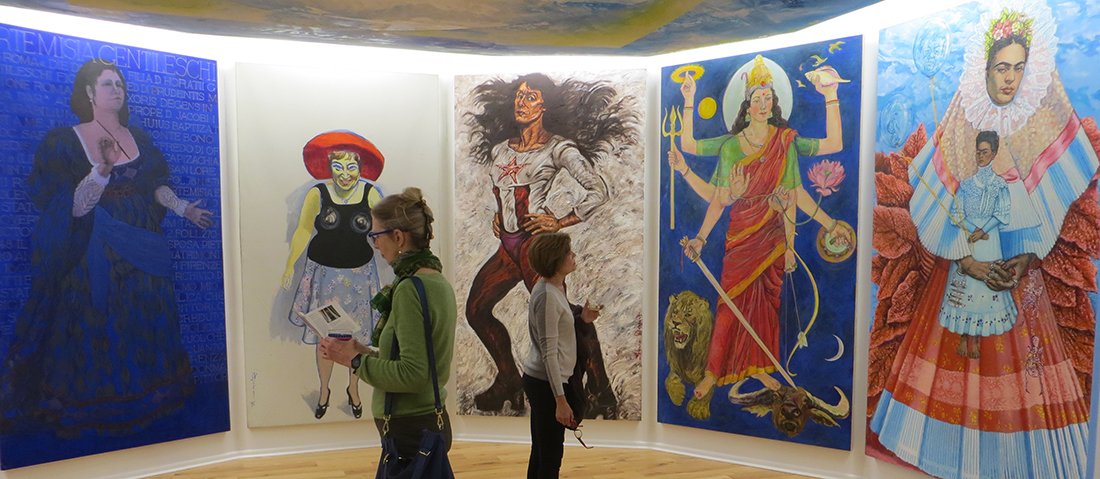
The Center for Art and Social Engagement highlights interdisciplinary works that serve to investigate social issues. Its permanent display, The Sister Chapel, a collaborative feminist piece, anchors the rest of the installations around the idea of diversity. Soon, this location will offer the interactive The Monumental Selfie Project.
Under Director Mary Salvante, the Gallery not only celebrates artistic creation, but often spotlights diversity, equity and inclusion. These exhibits include:
Tracing Origins (Colette Fu, Claes Gabriel, Hiro Sakaguchi)
Tracing Origins brings together three Philadelphia-based artists who create work inspired by their ancestral homelands and native cultures. Pulling from personal memories, experiences, and familial influences, their stories are expressed through photography, paper engineering, painting and sculpture.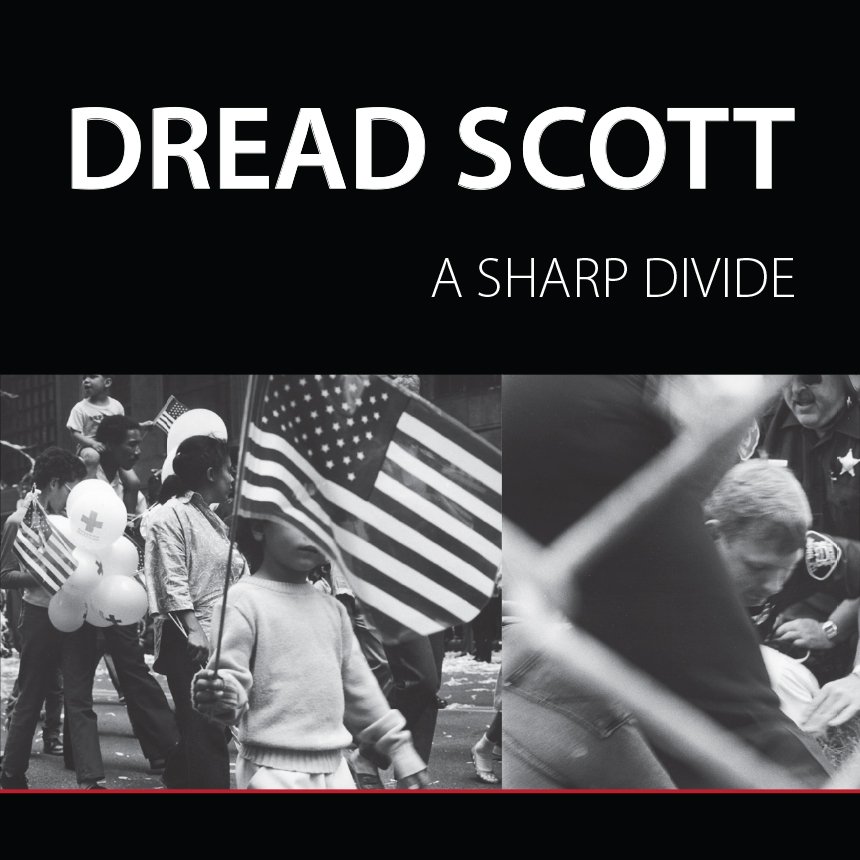
If We Must Die…(Ebony G. Patterson)
Known for her drawings, tapestries, videos, sculptures and installations that involve surfaces layered with flowers, glitter, lace and beads, Ebony G. Patterson’s works investigate forms of embellishment as they relate to youth culture within disenfranchised communities. Her neo-baroque works address violence, masculinity, “bling,” visibility and invisibility within the post-colonial context of her native Jamaica and within black youth culture globally.
A Sharp Divide (Dread Scott)
A Sharp Divide is a survey of Dread Scott’s public engagement, performance, and multimedia based work, completed from 1987-2014, that tackle the volatile racial disparities that exist within our criminal justice system such as: the criminalization of youth, profiling and discrimination, the school to prison pipeline, stop and frisk tactics, and other civil rights issues.
7 Mile Girls (Jamea Richmond Edwards)
7 Mile Girls refers to the street in Detroit where the artist, Edwards, grew up. There, she took note of the social disparities and inequitable practices of major fashion companies that clothed the people she would see. Edwards’ work aims to capture the black aesthetic and portray the artifice of dressing. 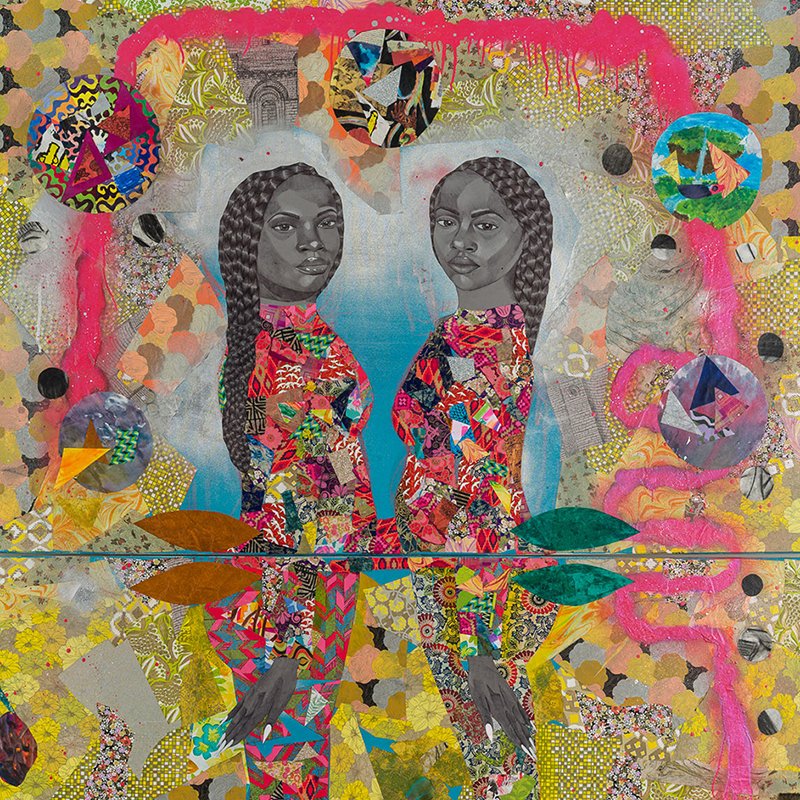
Mending a Reflection (Julie Heffernan) Mending a Reflection embodies the themes of self-portraiture and the female form. Rather than providing an exact likeness of a subject, Heffernan’s work seeks to manipulate form in a way that provides deeper insight into the subject.
Terra Incognita (Heather Ujiie)
Terra Incognita blends textile design, fashion design, and fine art with the use of non-traditional materials. Her murals, which surround three constructed deities, offer an ethereal scene that encapsulates the femme fatale and a fantasy world.
Vast and Vanishing (Diane Burko)
Vast and Vanishing captures the timely issue of climate change through its portrayal of glaciers in the unexpected medium of a painting. With careful strokes, Burko captures the erosion of the ice in a way that blends art and science communication.
Faculty, Staff & Students DEI
Bringing STEM careers to rural students: NSF grant will use virtual reality videos to expose high schoolers to in-demand technical careers
A $496,963 grant from the National Science Foundation will help Rowan University researchers from two colleges introduce STEM careers to high school students in rural South Jersey.
Led by professors Sarah Ferguson and Kara Ieva from the College of Education and Christopher Winkler from Radio, Television & Film, the grant will use virtual reality 360-degree videos to introduce underrepresented students, particularly women and students of color, to in-demand STEM careers.
The team will help students learn more about careers through five-minute VR videos featuring professionals from underrepresented groups who work as survey mapping technicians, geological and petroleum technicians, quality control analysts and environmental engineering technicians, among other careers.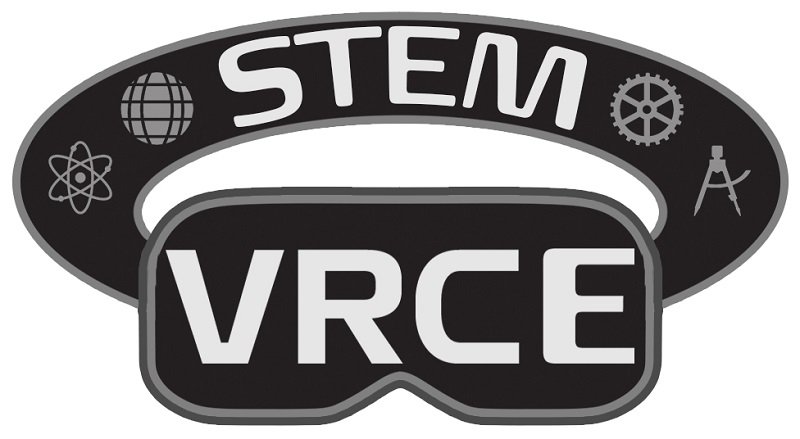
Researchers will work with school counselors at Delsea, Cumberland and Northern Burlington County regional high schools to incorporate the videos into career development modules for 11th grade students.
The project’s title is STEM-VRCE (STEM Through Virtual Reality Career Exploration).
“The types of careers we are highlighting are often overlooked when we talk about STEM careers. They are in high need and growing in our region,” says Ferguson, assistant professor of qualitative methods in the Department of Interdisciplinary and Inclusive Education and principal investigator on the grant.
“Many students are not aware of these career options and have limited access to explore these careers, particularly in rural communities. Yet, these are highly trained technical fields. They pay well and often require a two-year degree or certificate.”
The goal of the project is to conduct research on the efficacy of VR videos and career exploration modules in increasing student knowledge of the careers, increasing student career decision-making self-efficacy and developing clear outcome expectations related to the focus careers. The project will be evaluated externally to assess its overall fidelity, scalability and sustainability. A sample size target of 300 students has been set for the study.
'An immersive virtual field trip'
Industry partners from underrepresented groups in STEM—women and ethnic/racial minorities—will be featured in the 360 VR videos. Winkler, with assistance from undergraduate Radio, Television & Film students, will produce the videos, which will showcase each individual’s work and responsibilities in their work environments.
“It’s an immersive virtual field trip,” says Winkler. “That’s the goal. Viewers will basically be transported to another space. They will get a guided, 360-degree, live-action tour of what these STEM technicians do in their work. It will be an authentic look at each profession.”
Though they can be viewed on phones or online, the videos will be best experienced with VR headsets. The grant provides funding to purchase the equipment for each school in the study.
Ieva, a professor of Counseling in Educational Settings, will develop the curriculum. She will pair the VR videos with a curriculum guide for school counselors and materials for students to use as they view the videos for each STEM career.
The curriculum will be designed around Social Cognitive Career Theory (SCCT), which identifies career choice as a combination of individual self-efficacy regarding a career (belief that the individual can do the work) and outcome expectations (belief that working in the career will produce positive outcomes for the individual).
“There’s a huge potential for this type of career exploration,” says Ieva. “It’s innovative and it increases opportunities for students. Students need auditory, tactile and visual cues for everything they do. STEM-VRCE will bring real life to their front door.”
According to Ferguson, researchers expect that the project will increase interest in STEM careers and ultimately increase the STEM workforce.
Overlooked areas in STEM careers
“Expanding the social knowledge of these fields provides more students with opportunities to undertake meaningful careers in STEM, better supporting the STEM workforce and continuing the development of STEM in the United States,” says Ferguson, noting that career fields such as surveying and mapping technicians, geological and petroleum technicians, environmental engineering technicians and quality control analysts, have double-digit projected growths in the next six years, both in New Jersey and nationally.
Ferguson notes that the careers the study highlights are highly trained technical fields that many students don’t know exist.
“These are often overlooked areas in STEM careers,” says Ferguson. “We mostly talk about engineers, but not the other professionals who work with them. Yet, engineering technicians are a necessary component of the field.”
Ferguson notes that rural school districts make up over 50 percent of the public school districts in the nation. But those districts often lack access and funding for special projects and programs, such as STEM career exploration and advanced courses.
“We have a generation of kids coming out of rough economic situations,” Ferguson says. “And if they don’t have a strong relationship with a mentor or a teacher, they can kind of get lost. This can help them make a better choice…or at least help them reflect on whether this type of career appeals to them or why it does not.”
If the study shows STEM-VRCE is effective, “it could be scaled up to support career exploration and advising around multiple STEM career clusters and potentially change the way we offer career exploration programming,” Ferguson adds.
Sports CaM students intern with NCAA officials on a website for the Diversity & Inclusion Social Media Campaign

When COVID-19 caused many summer work experiences to be cancelled this summer, Sports Communication & Media Assistant Professor and Lead Faculty Consultant to Rowan’s Center for Sports Communication & Social Impact Yannick Kluch found a way to offer them.
Dr. Kluch, a former staffer with the NCAA’s Office of Inclusion in Indianapolis, developed an internship program in which seven students worked directly with NCAA officials on a website for the Diversity & Inclusion Social Media Campaign, which will run later this year.
“When I was at the NCAA I helped develop the first diversity and inclusion social media campaign,” Kluch said. “This summer my students worked on the 2020 campaign website, from its concept to its implementation, which will be shared with more than 1,100 colleges in the NCAA.”
Among other duties, students developed engagement strategies for diversity and inclusion, interacted with NCAA officials and built professional networks.
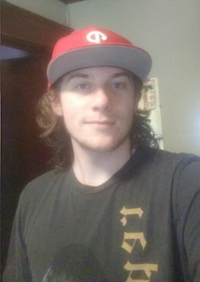
“This was an opportunity to build experience and engage with professionals,” Kluch said. “It is crucial to have these two things, experience and connections, to launch a career in sports.”
One of Kluch's students, Paul Charles Stainker, a rising junior Sports Communication and Media major, said involvement with an NCAA program that addresses diversity and inclusion this summer was personally rewarding.
“For me, it’s something I feel is bigger than sports,” said Stainker, an aspiring Phillies broadcaster. “I felt I was doing work that mattered, addressing a social issue that’s important to me in a space that will get attention.”
Writing Arts professor releases memoir about her experience with daughter's Wolf-Hirschhorn Syndrome
From online magazine Slate to The New York Times, Writing Arts Assistant Professor Heather Lanier is getting great reviews for her memoir, Raising a Rare Girl.
Lanier not only is, in fact, raising a rare girl, but has written a rare book.
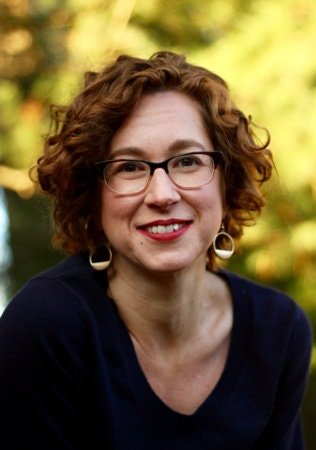 The memoir about her daughter, Fiona, is a deeply personal account that details the struggles and joys of parenting a child with a very rare condition, Wolf-Hirschhorn syndrome, but also lays bare some of the beyond hurtful experiences that she and other parents of Wolf-Hirschhorn syndrome children experience.
The memoir about her daughter, Fiona, is a deeply personal account that details the struggles and joys of parenting a child with a very rare condition, Wolf-Hirschhorn syndrome, but also lays bare some of the beyond hurtful experiences that she and other parents of Wolf-Hirschhorn syndrome children experience.
Lanier, who detailed some of her experiences during a 2017 TED talk that has had more than 2.5 million views to date, said following Fiona’s birth, when she weighed just four pounds, 12 ounces, her doctor noted the low birth weight, then opined the reason: “either bad seed or bad soil.”
“Then there was the doctor, later on when she was about three, who just spontaneously started pontificating (apropos of nothing) about whether parents of disabled kids had the right to consider euthanasia,” she said. This attitude, it seemed, was not rare.
“Among my fellow Wolf-Hirschhorn syndrome parents, I’ve heard horror stories,” she writes in the book.
Write from the heart
A faculty member within Rowan’s writing arts program in the Ric Edelman College of Communication & Creative Arts, Lanier teaches her students to write from and about their experiences; to use pain—and joy—as motivation; and to be honest, with themselves and their readers. And clearly that is what she’s done with Raising a Rare Girl. 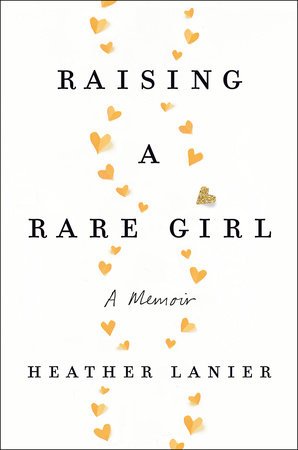
Released July 7 by Penguin Press, promotional copy on her publisher’s site begins to describe Lanier’s experience, from eating organic and “trying to do everything right” during her pregnancy to the shattering diagnosis shortly before delivery that not only would she not have a “Super Baby” but that her daughter might not reach her second birthday.
“In writing the book mostly I’m trying to write a good story,” Lanier said. “But I am trying to address the pressure of what a child should do and when.”
And she found that the clinical, detached nature of some physicians and therapists can miss a person for who he or she is.
“It turned out my baby girl loved reggae,” she told audience members during the TED talk. “And her onyx eyes eventually turned the most stunning Lake Tahoe blue” from which “she loved to gaze intently into other people’s eyes.”
Her book about Fiona, now eight, began as a blog, Star In Her Eye, simply an outlet for her experience when Fiona was about one year old that sometimes drew as many as 200,000 readers.
“I wanted to reach those tired parents scrolling on the internet at 2 a.m., seeking a connection,” she said.
Reviewing Raising a Rare Girl in The New York Times, Kate Braestrup declared that, “Lanier’s writing is clean and beautiful.” On August 13, the Times followed up the review by naming the book one of ten “NY Times Editor’s Choice Picks” for the week.
Slate’s reviewer called Raising a Rare Girl “a remarkable book...as I read it, I found myself thinking that all expectant and new parents should read it.”
Lanier, who previously penned two award-winning poetry chapbooks, Heart-Shaped Bed in Hiroshima and The Story You Tell Yourself, said she’s gratified for the nice things others have written about her work but believes reviewers and readers are ultimately reacting to her memoir because it rings true.
“I tell students that the best work often comes from where you feel a little raw,” she said. “The best writing often comes from a place of deep vulnerability. That’s a lesson in every creative writing class I teach.”
Alum wins Clarion Award from Association of Women in Communications
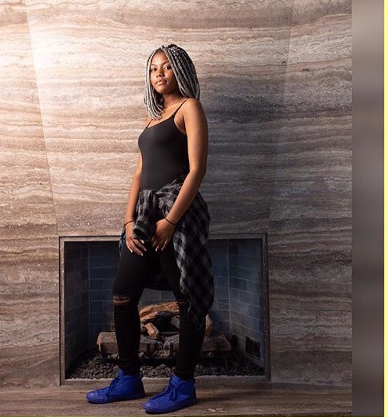 RTF alumna Briana M. Andrews, won a Clarion Award from the Association of Women in Communications (AWC) in the Student Wildcard category for her project Women in TV and Film. This project, a combination of interactive media and a short documentary, was created in a New Media Practicum course at Rowan, led by Writing Arts Professor Rachael Shapiro.
RTF alumna Briana M. Andrews, won a Clarion Award from the Association of Women in Communications (AWC) in the Student Wildcard category for her project Women in TV and Film. This project, a combination of interactive media and a short documentary, was created in a New Media Practicum course at Rowan, led by Writing Arts Professor Rachael Shapiro.
Andrews, who graduated in 2019 with a BA in Radio, Television & Film with a concentration in Production and minor in New Media, centered her project around the themes of diversity and inclusion in film. The Clarion Awards have been held for over 40 years to celebrate the excellence of women in communication. They attract competition from not just all over the country, but international submissions, too. Brief excerpts from Andrews’ work can be found here.
Writing Arts MA student shares spoken word poem about racism & standardized English
MA Writing student & Writing Arts Adjunct Professor Stephen Cobb shared his powerful spoken word poem about language and power.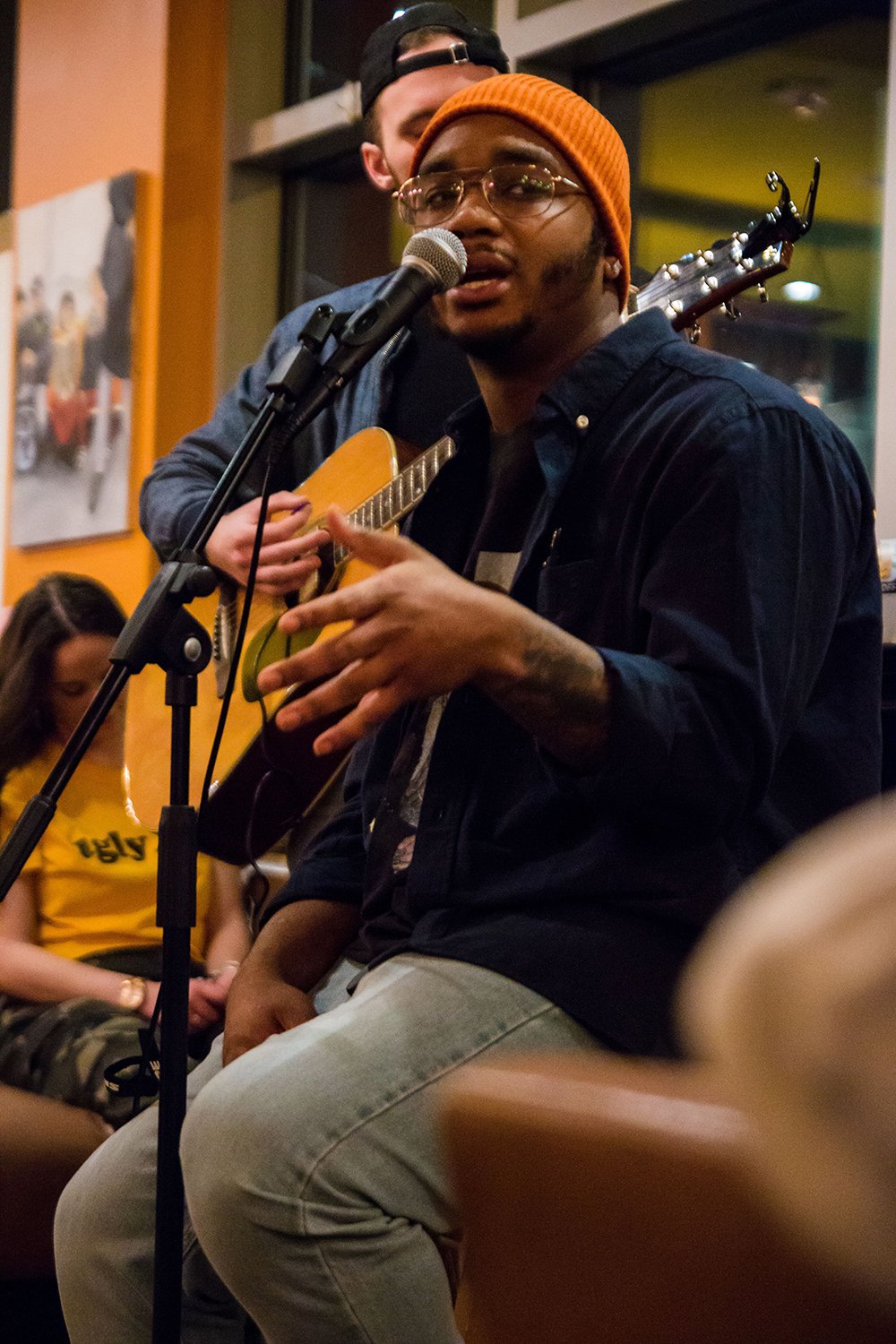
Activist, advocate, storyteller: Rowan's first grad with Down syndrome, AnnaRose Rubright, set to pursue filmmaking career
How exactly does AnnaRose Rubright see herself?
She made that eminently clear in a widely-viewed video she narrated starring Academy Award-nominated documentarian and actress Olivia Wilde. The public service announcement, which shows Wilde running, working behind the line of a commercial kitchen, doing laundry and being in love, was not meant to break stereotypes. It was meant to shatter them.
“This is how I see myself,” said Rubright, the voiceover. “I see myself as a daughter, a sister and a best friend. I see myself as a person you can rely on. I see myself meeting someone that I can share my life with. I see myself singing, laughing and dancing until I cannot breathe... I see myself following my dreams, even if they are impossible. Especially if they are impossible. I see myself as an ordinary person with an important, meaningful, beautiful life. This is how I see myself. How do you see me?”
Directed by Emmy Award-winning filmmaker Reed Marano, How do you see me?, which was made to support World Down Syndrome Day 2016, was no fiction.
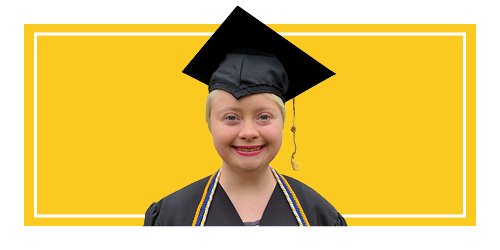
Rubright, who participated in Rowan University’s 2020 virtual Commencement ceremony May 8 after earning a Bachelor of Arts in Radio, Television & Film and a minor in Journalism, is the school’s first graduate to have Down Syndrome. But that is hardly what defines her.
Before Rubright, 24, even graduated, she:
- addressed a panel at the United Nations and lobbied legislators in Trenton and Washington for disability rights;
- fought to abolish laws enabling sub-minimum wage pay for employees with disabilities;
- made multiple videos supporting the National Down Syndrome Society (NDSS) and World Down Syndrome Day;
- and earned admission to the Delta Alpha Pi International Honor Society.
Rubright, one of five student producers of “The Mayor”, a documentary that premiered during a Rowan virtual film festival May 8-10, is starting her own production company.
With that company, she seeks to deploy many of the skills she developed and polished at Rowan.
“I’m probably going to do a mix of things like reporting – I love going out to meet with people – podcasting and film production,” Rubright said. “And I’ll definitely make a documentary on Law Syndrome.”
Coined by the NDSS, the phrase “Law Syndrome” describes those laws that enable companies to unfairly profit on the disabled, often paying them pennies on the dollar versus what they’d pay a minimum wage earner.
Overcoming challenges
Innately warm and funny, Rubright nailed her audition for “How do you see me?”, a PSA made by advertising giant Saatchi & Saatchi New York and funded by CoorDown, the Italian national Down Syndrome organization.
"The video was released as a global campaign for World Down Syndrome Day,” said AnnaRose’s mother, Lin. “AnnaRose's image was all over Italy in October of that year during Down Syndrome Awareness Month.”
But personality, intelligence and drive aside, AnnaRose faced challenges when she arrived at Rowan as a transfer student from Rider University for the spring 2019 semester.
Among those challenges were navigating the expansive Glassboro campus and getting an accommodation for additional time on some assignments and exams.
“If it takes me 20 minutes to read something it could take AnnaRose an hour or an hour and a half,” said, Lin, a Rowan student herself who graduates next semester with degrees in sociology and psychology.
John Woodruff, director of Rowan's Academic Success Center & Disability Resources, said AnnaRose wisely took advantage of the center’s offerings, which, like many of the University’s programs, are geared toward increasing access to a college degree.
“Access does not guarantee success,” he said of Rubright, who graduated with a 3.426 GPA. “You don’t lower the standards. A student has to put in the work and the expectations are the same.”
National Down Syndrome Society President & CEO Kandi Pickard said, as far as advocacy goes, AnnaRose is practically unstoppable.
“AnnaRose is one of the most dedicated advocates we work with,” Pickard said. “Her ability to fiercely advocate for herself and other individuals with Down Syndrome in meetings with Members of Congress has led to legislative changes that benefit the entire disability community. We are so grateful to count AnnaRose as part of our NDSS family, and we are so proud of her achievement as a graduate of Rowan University.”
“A natural storyteller”
Rubright, who has five sisters – one of whom attends Yale University, one now at N.Y.U. and one who, like her, has Down Syndrome, is eager to put her education into action.
Having just completed her documentary film classes, another in which she produced a six-part podcast on disability law, and a digital journalism course in which students employed smartphone technology to tell great stories, she’s ready to test those skills outside the classroom.
“I don’t like to brag but I’m a natural storyteller,” she said. “I love getting out and talking to people. And I really like doing the research.”
Public Relations & Advertising student helps organize campus Juneteenth march
As a leader at Rowan, senior Advertising major Chase Campbell, strives to make a difference in the lives of others.
This June, Rowan’s Black Student Union (BSU) hosted a peaceful protest on campus to honor Juneteenth and show support for the Black community against the injustices of police brutality. As a co-founder of Rowan’s Men of Color Alliance, Campbell was one of many speakers at the event.
“This year has been really draining being a person of color,” shared Campbell. “The paradigm shifted in a way that will benefit everyone for the greater good.”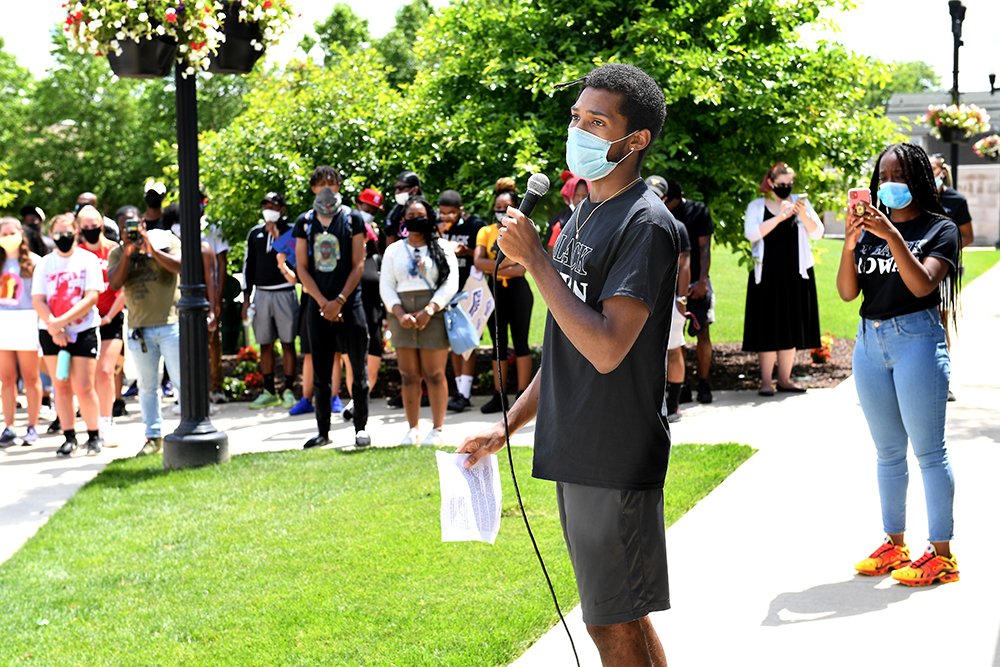
Campbell continued to promote representation this summer as he interned remotely with NCTA: the Internet and Television Association in Washington, D.C. He was recommended for the position after a past internship with the T. Howard Foundation, a non-profit organization that strives to increase the number of underrepresented groups in the media industry. Now, he is a campus ambassador for the foundation and continues to spread the word about the program.
Campbell also proudly supports Rowan’s Division of Diversity, Equity and Inclusion (DEI) for putting forward initiatives to make black, brown, and indigineous people of color feel included and thoroughly represented on campus.
“DEI will have more weight on campus now, especially after we just hosted the protest," he said. "A lot of students wanted to see that change, and some even drove an hour to be a part of that change. DEI, and Rowan in general, have set the groundwork, and now it's time for us and them to follow through with our promises to make a change.”
As a senior, Campbell looks forward to passing the torches of his leadership positions onto the next generation of leaders. For his personal career goals, Campbell is considering pursuing graduate studies at Rowan moving forward. He hopes to work as a creative director or senior strategist in the future, and he strives to be recognized as a leader in the advertising industry for all people of color.
“Advertising is a direct reflection of culture,” said Campbell. “I want to make sure people like me feel represented and know their contributions to culture are being acknowledged.”
Giving
Our generous donors allow us to give our students a quality, well-rounded education. The gifts we have received support scholarships, equipment, professional development, facilities and so much more. Thank you for your generosity and contributions to the success of our students, faculty and staff. Below are just a handful of those who have supported Edelman CCCA over the past two years.
Raquel Bruno
Radio, Television & Film alum Raquel Bruno ’93, made a gift to the Rowan Radio music library, which has been renamed in her honor.
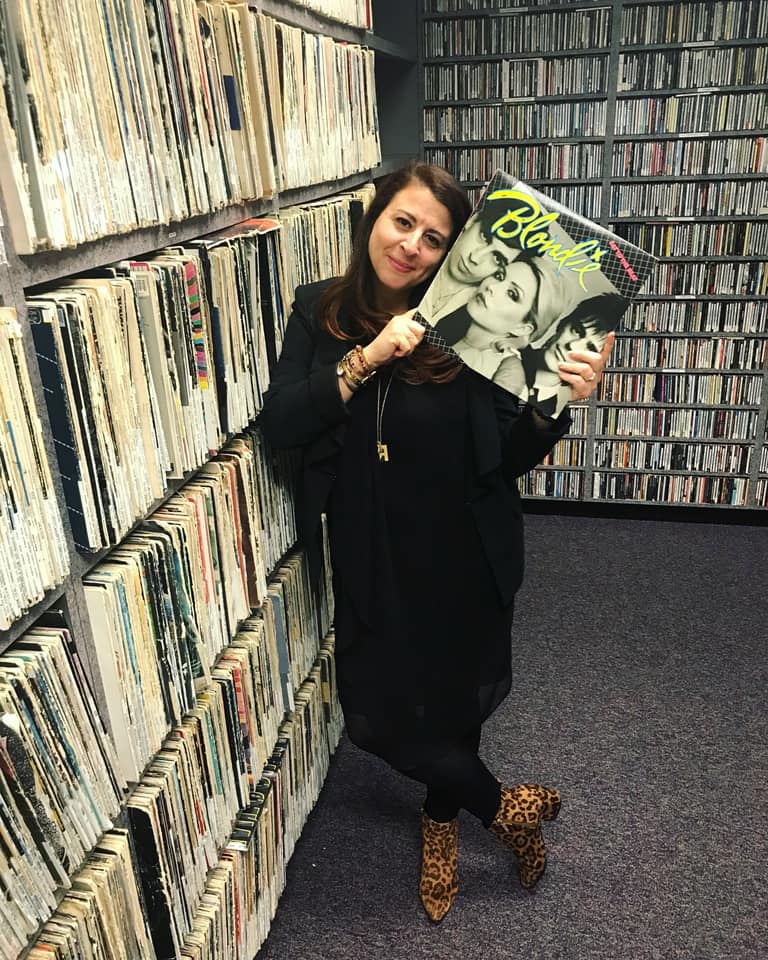
Virginia Rowan Smith
Rowan University Board of Trustee member Virginia Rowan Smith gave a gift to the Rowan Writing Center to support tutor research, travel to academic conferences and community writing initiatives. 
Denis Mercier
Retired Communication Studies professor Denis Mercier established the Denis Mercier Endowed Professional Development Fund to support faculty members within the Edelman College of Communication & Creative Arts in their professional development endeavors. 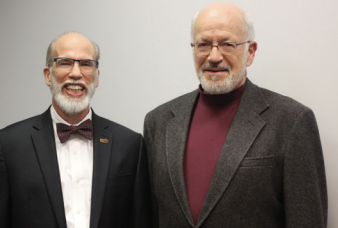
This past year, two of our generous supporters and friends of the College passed away.
In January 2019, Diana King, who established the Charles and Lucille King Family Foundation, passed away at the age of 69.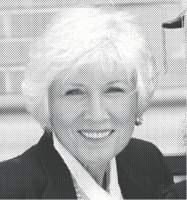
Founded by her father, Charles King, King World Productions is the leading syndicator of first-run television and is the reason we can watch reruns of programs such as The Oprah Winfrey Show, Wheel of Fortune, and Jeopardy.
In 2002, under Diana’s direction, the King Family Foundation established a generous $1 million endowment for the King Chair of Radio, Television & Film in the RTF department. The gift funds the work of the King Chair (currently held by RTF Department Chair Keith Brand), faculty and student travel, equipment, scholarships and more. It also funded renovations to the 130-seat King Auditorium in Bozorth Hall.
King, who also received an honorary degree from Rowan, will be remembered for a lifetime of philanthropy and life-changing scholarships that support storytelling through the medium of television.
Above photo: legacy.com
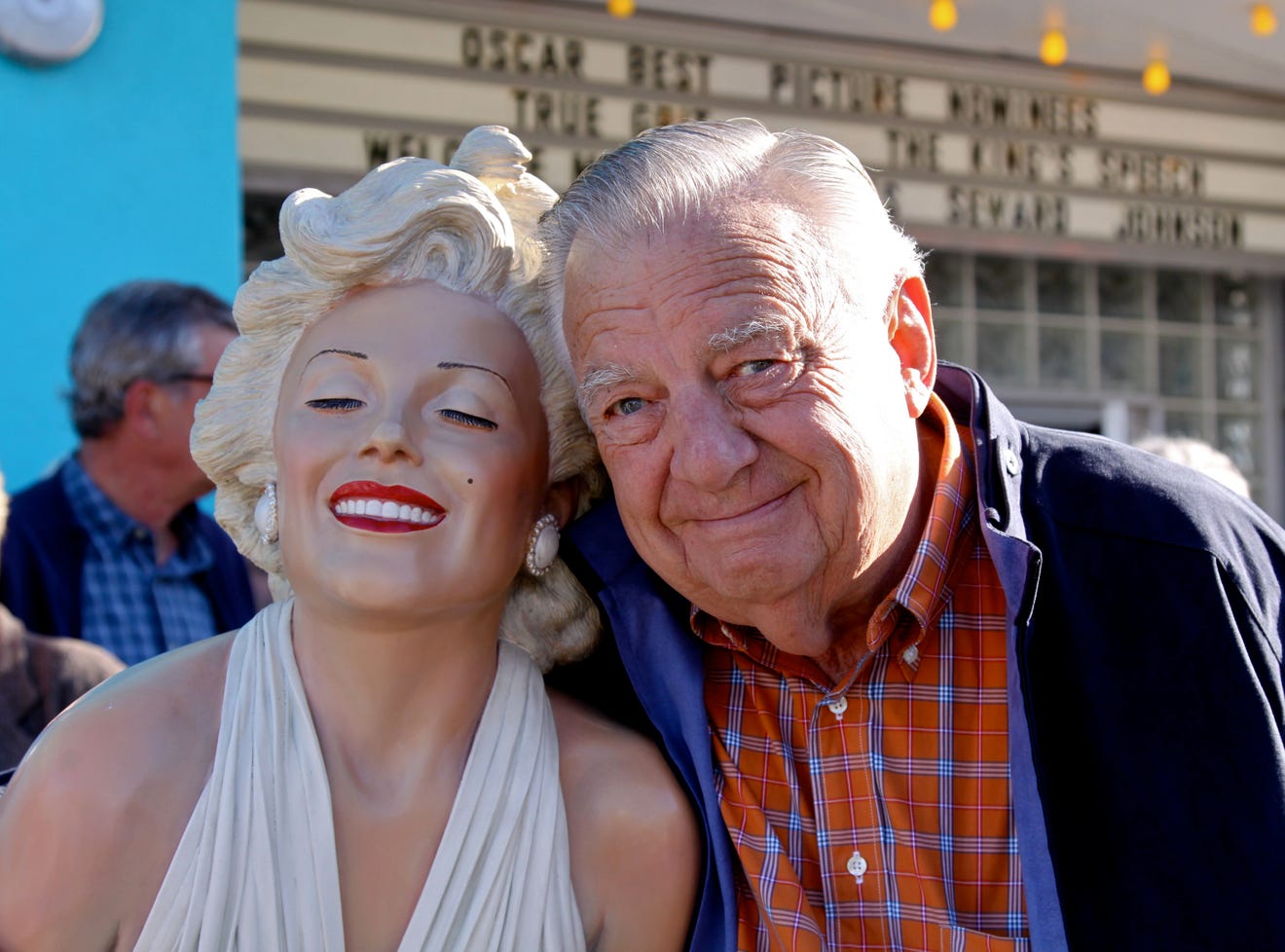 In March of 2020, Seward Johnson, prolific sculptor and philanthropist, passed away at the age of 89.
In March of 2020, Seward Johnson, prolific sculptor and philanthropist, passed away at the age of 89.
Edelman College of Communication & Creative Arts remembers his legacy as one of great generosity and opportunity for our students. Mr. Johnson, heir to the Johnson & Johnson company fortune and founder of the Grounds for Sculpture park in Hamilton, NJ, left his mark on Rowan University’s Art department with the creation of the Seward Johnson Artist Development Travel Scholarship in 2006.
The scholarship provides one undergraduate Art major the opportunity to study at the Studio Arts College International in Florence, Italy. It covers tuition, fees, housing, travel and a small stipend. Since its inception, Edelman CCCA students have received nearly $300,000 from the scholarship to fund this once-in-a-lifetime adventure.
Joseph Cimino, who won the 2018 scholarship and is now pursuing an MFA in Florence, credited Johnson with changing his life in an article written by Art History Professor Fred Adelson for the Courier Post.
“Without [Mr. Johnson’s] scholarship, I would not be in graduate school here right now nor the person I am today,” Cimino said. “I am forever grateful for him and the impact he has had on my life.”
Above photo: Seward Johnson with his work 'Forever Marilyn.' ©1996 The Seward Johnson Atelier, Inc
Edelman CCCA: Looking Ahead
As Rowan University continues to grow, so does Edelman CCCA with new centers and programs as well as promotions for our talented faculty. Here we highlight some of our exciting new initiatives and roles.
Institute of Innovative Media, Materials & Design (IMMaD)
In fall 2020, Edelman CCCA launched the Institute of Innovative Media, Materials & Design (IMMaD). The institute supports collaborative, cross-disciplinary innovations including sustainability, entrepreneurship and design.
Coordinated by Art's Jenny Drumgoole, IMMaD provides funding for faculty research and creative activities, houses the Paul Grand and Sunitha Menon Rowan University Creative Inquiry Scholarships (read about the fall 2020 scholars here), and facilitates cross- and interdisciplinary programming from departments across the university. 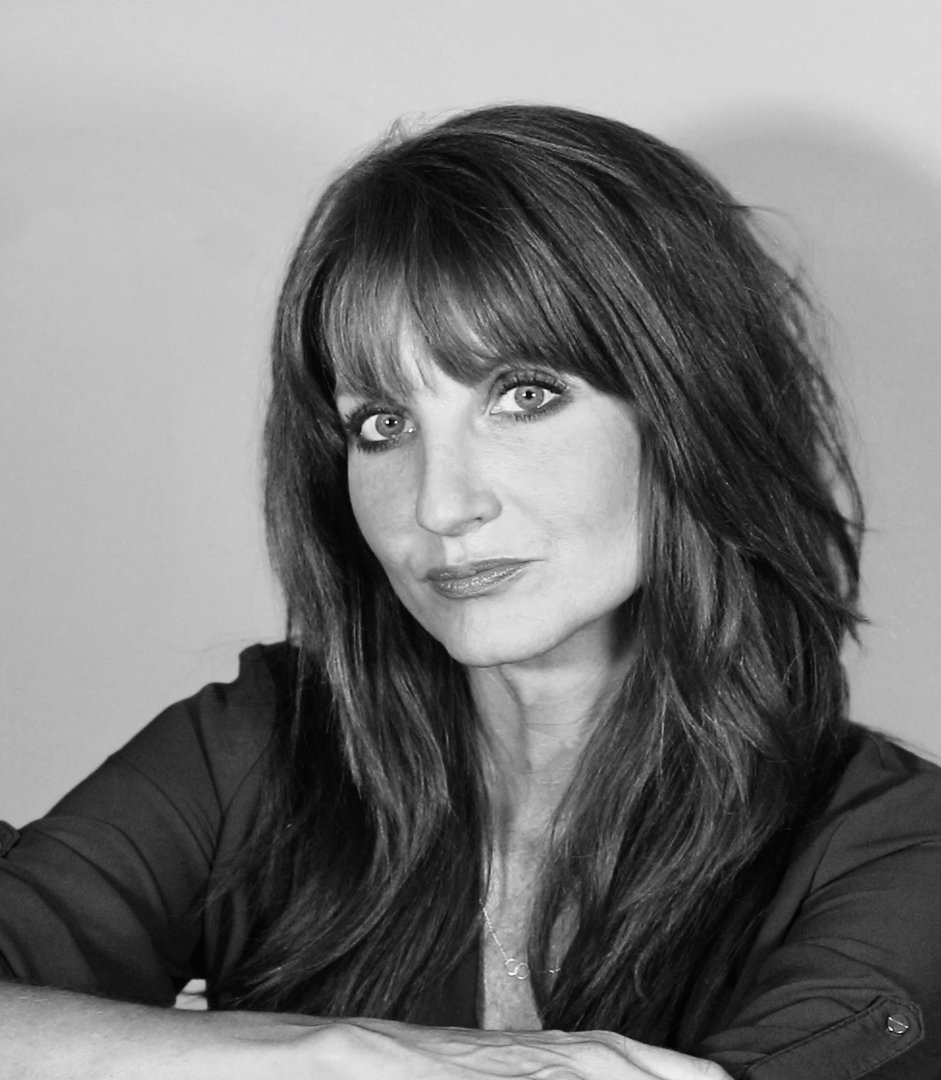
In the fall, the Institute awarded more than 25 Art students funds to support their senior thesis shows as part of the “Art Professional Development Fund,” helping to defray the burden of a professional quality senior thesis exhibition.
“The students in the Art Department have the unique opportunity of being able to present their senior thesis in either a one or two person show in the student gallery,” said Drumgoole. “Most art students at other universities show their thesis projects in one large, group show. The cost to prepare work for exhibition, however, can be quite expensive (framing, promotional materials, printing, etc). The professional development funds were able to provide students with the financial resources needed to install a professional, high quality senior show.”
Though IMMaD is housed in Edelman CCCA, the Institute offers courses and speakers from varying backgrounds. This fall, IMMaD offered the Business of Art, co-taught by Associate Professor, Rohrer Endowed Chair of Entrepreneurship and Executive Director of Rowan’s Center for Innovation and Entrepreneurship Eric Liguori and Nancy Sophy, faculty member in the Art Department. The course prepares students for a career in art where they are able to promote themselves as both an artist and entrepreneur. Students are also hearing from several guest speakers and in November, students enrolled in this class and fall’s Creative Scholars are attending Innovating Forward in the Unknown | CEO Global Conference & Pitch Competition.
Another course, Glass Arts & Heritage Landscapes, taught by Jen Kitson, assistant professor, who holds a joint appointment with the Departments of Art and of Geography, Planning and Sustainability, centers on a collaborative project with artist Norwood Viviano and Wheaton Arts, seeking to generate new understanding of place through research and creative response to the legacy of glass in southern New Jersey. Students are exposed to socially engaged practice, museum and memory studies, creative placemaking and geographies, glass art and digital scholarship.
In the Spring, IMMaD will offer Smell Art, exploring scent as an artistic medium and aesthetic practice; DIY Your Art which discusses unconventional opportunities in showing and publishing work; Make & Do with Soxx, a production based semester-long video series collaboration between Drumgoole and the students; and Participatory Public Art which will collaborate with the 2020/2021 Creative Scholars in executing their year-long self directed project that focuses on creating opportunities for students to display their works related to social justice in public spaces across campus and in Glassboro.
“Our goal as we continue to grow IMMaD, through cross disciplinary courses, programming and projects is to provide students the experiential learning, top-notch resources and real-world applications required to foster the next generation of artists, creative achievers and visionaries,” said Drumgoole. “We are looking to empower students with their unique perspectives, to not just engage, but to be leaders and innovators in the ever-changing arts economy.”

Center for the Advancement of Women in Communication at Rowan
Starting this fall, the Ric Edelman College of Communication & Creative Arts at Rowan University has a new center addressing professional opportunities and challenges for women in communication.
The Center for the Advancement of Women in Communication at Rowan University was founded in association with Rowan alumna and benefactor Dr. Lillian Lodge Kopenhaver, who heads the eponymous Lillian Lodge Kopenhaver Center for the Advancement of Women in Communication at Florida International University in Miami.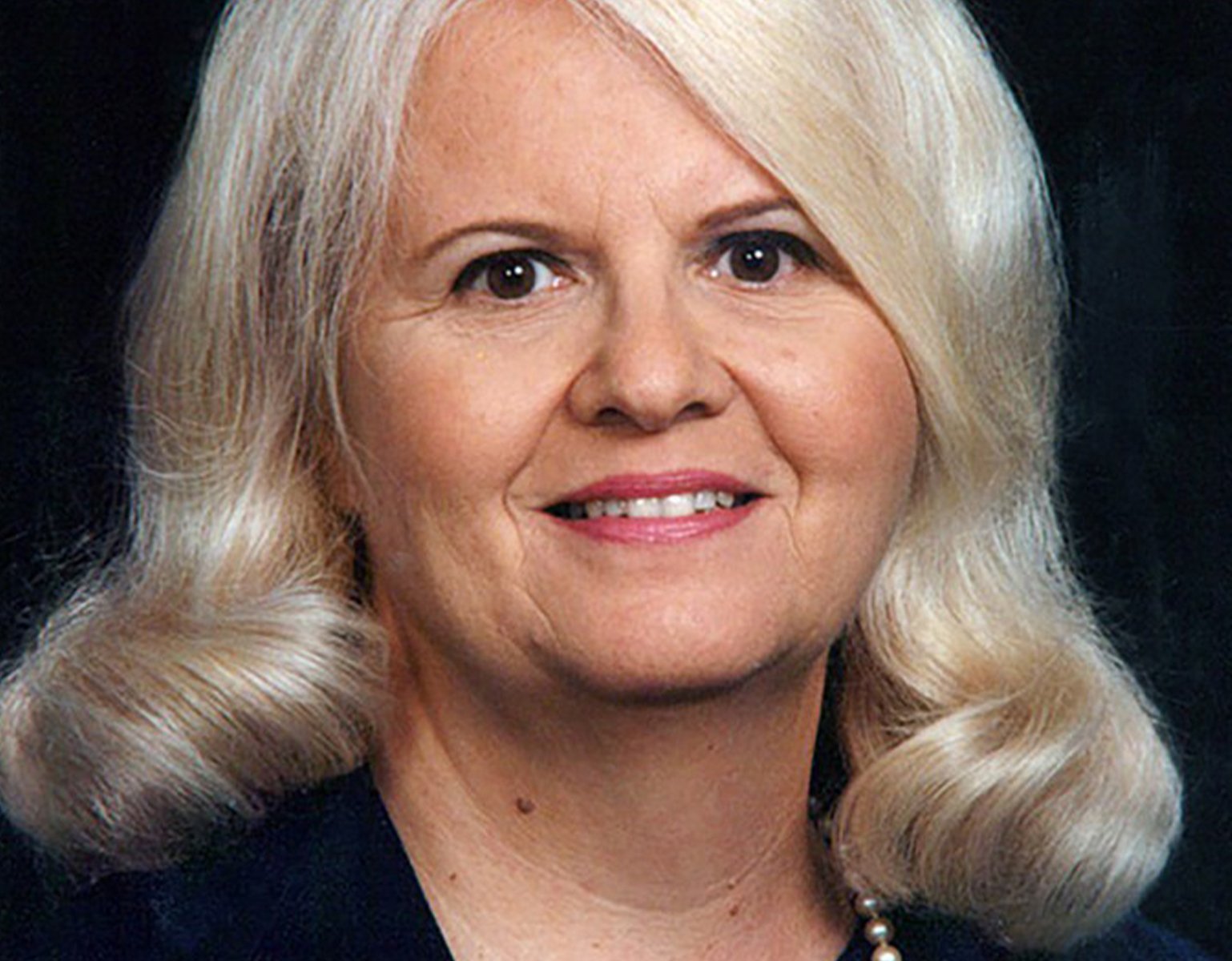
In celebration of the new center, the college will host “100 Years of Speaking through the Ballot: Women and Political Communication,” Wednesday Oct. 14 at 11:00 am via Zoom (https://fiu.zoom.us/meeting/register/tJ0rc--rpjIpHdLwjo6kFD1pFeBQfwek-S4U).
The program will feature Dr. E. Michele Ramsey, associate professor of Communication Arts and Sciences at Penn State – Berks, who will discuss her research on women’s suffrage and political cartoons; and Heather Simmons, Rowan director of Business Outreach and a Gloucester County Freeholder.
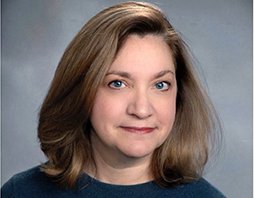 Dr. Julie Haynes, a Rowan Professor of Communication Studies and Women & Gender Studies who will head the new center, said it developed in partnership with the FIU program that Lodge Kopenhaver founded.
Dr. Julie Haynes, a Rowan Professor of Communication Studies and Women & Gender Studies who will head the new center, said it developed in partnership with the FIU program that Lodge Kopenhaver founded.
“Any time you expose young women to role models in an industry you get them to aspire to the same successes available to them,” Haynes said.
She said examples of successful Rowan alumnae in communication are vast and include Lodge Kopenhaver, Sue Kroll (a former president of worldwide marketing for Warner Bros. Pictures) and bestselling author Jean Edelman who, along with her husband Ric, donated $10 million to the college in 2019.
Still, Haynes said, students do not always know about those trailblazers or see themselves blazing their own.
“We want to raise awareness to these issues, to expose young women to role models who are successful in their fields and to provide networking events,” Haynes said.
Haynes said the new Center will explore a variety of concerns to women such as gender and pay inequity in communication, sexual harassment and Title IX issues.
It will add to a growing number of special centers at Rowan including the Center for Sports Communication & Social Impact, the Rowan Center for Holocaust and Genocide Studies and the Interfaith and Spiritual Exploration Center.
Haynes, who teaches Images of Gender in Pop Culture, Women and Gender in Perspective and a Hitchcock and gender course that explores the celebrated filmmaker’s work through a critical lens, said the Center for the Advancement of Women in Communication serves a vital need.
“Rowan is positioning itself at the forefront of diversity and inclusion issues,” Haynes said. “This center helps address issues within communication fields and builds on an important and growing bond between our University and FIU, two dynamic institutions.”
Expected to launch in fall of 2021, the proposed MA in Television Studies offers a unique online / on-campus graduate degree, attractive to students interested in working in the television industry or pursuing advanced academic study of television theory and criticism. High school teachers and educators may also find the program useful for furthering their education in a discipline that is increasingly popular in schools. 
The degree, which is also being offered as a 4+1 Undergraduate/Graduate Dual Degree Program, consists of 30 credit hours through three pathways, allowing students an opportunity to develop distinct skills for a career in writing for or about television. The 4+1 program allows students to complete both a BA degree with a major in Radio, Television & Film and the MA in Television Studies in five years.
Each course will cover the foundations of TV history as well as the contemporary television period, ensuring that students are kept abreast of the current, sometimes rapid, transformations in the television landscape. Additionally, the program will offer students an academic pathway by preparing them for doctoral study in television studies as well as providing them with experience of teaching in a Higher Education environment.
Newly Tenured & Promoted Faculty
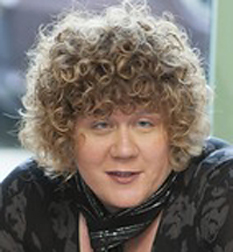 Amanda Almon
Amanda Almon
Biomedical Art & Visualization
Tenured Associate Professor
Amanda Almon is the coordinator of the B.A. in Biomedical Art & Visualization program. Her work spans from traditional scientific and medical illustration to new media in medicine and science through the use of animation and interactive application development. Almon graduated from the A.M.I (Association of Medical Illustrators CAAHEP) Accredited University of Michigan Biomedical Visualization Program with an M.F.A. in 2000. She received her Certification as a Medical Illustrator from the A.M.I. in 2005.
Almon has created numerous published works for educational and commercial purposes for both natural science, and medical institutions. Her animations and illustrations through her employment at Visible Productions L.L.C. and her own BiomedArt Media company; have been seen on The Discovery Health Channel, National Geographic, the Oprah Winfrey Show, Novartis Animal Health, Merck, Bayer Pharmaceutical companies and ThatsNice Productions.
Almon's medical and scientific illustrations have been printed by Lippincott Williams & Wilkins, McGraw-Hill Companies Inc., University Readers, Pearson Education Inc, and Prentice Hall. Almon has expanded her recent research and work to include serious/educational game design for kids, patients and doctors. Her instructional design, animation and illustrations are used in collaboration with Lemming Labs LTD. to design new methods of interacting with information to turn play into learning.
Prior to joining the faculty at Rowan, Almon worked at the Cleveland Institute of Art from 2006 - 2014. There she served as the Chair of Biomedical Art, Animation, Game Design, building departments and innovative curriculum in arts education.
Joy Cypher
Communication Studies
Full Professor
Dr. Joy Cypher completed her Ph.D. at Purdue University. Her main area of study as a professor is the intersection of embodiment and communication, with particular interest in, and commitment to, Disability Studies. She is well-recognized for her teaching, as the 2012 recipient of the Lindback Award for Distinguished Teaching, and the 2016 Eastern Communication Association Teaching Fellow Award. Dr. Cypher is the coordinator of the new B.A. Health & Science Communication program.
 Julie Haynes
Julie Haynes
Communication Studies
Full Professor
Dr. Julie Haynes, Professor of Communication Studies and Women’s and Gender Studies, was recently named Director of the Center for the Advancement of Women in Communication at Rowan University.
Haynes’ research explores how categories of identity, such as gender, race, and class, influence public discourse, particularly in mediated and pop culture settings. She is especially interested in how regional identity complicates or enriches our understanding of self and place, and frequently writes on gender and region in the areas of reality television, horror, sport, and country music. Her work has been presented at numerous national and international conferences, including at Oxford University, and published in edited volumes and journals, such as Feminist Media Studies. Her dissertation on gender in country music videos is housed at the Rock and Roll Hall of Fame Library and Archives and was consulted in the making of Ken Burns’ documentary, Country Music. She teaches a variety of courses including, Rhetorical Criticism, Images of Gender in Popular Culture, Rhetoric of Sport, Women and Gender in Perspective, Hitchcock and Gender, Rhetoric of Reality Television, Gender and Horror, and Rhetoric of Social Protest and Resistance. She is a Bildner Fellow and previously served as the Associate Dean of the College of Communication and Creative Arts.
Dianne Garyantes
Journalism
Tenured Associate Professor
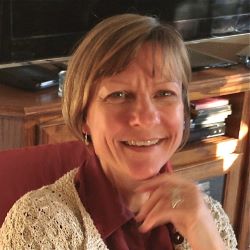 Dr. Garyantes has worked as a newspaper reporter for daily newspapers in New Jersey, Connecticut, and Vermont, and as a producer of non-fiction television for The Discovery Channel, Discovery Health, TLC, 20th Century Fox Television, and public television. Her research focuses on the cultural competence of journalists and emerging media technologies. Her most recent publications examine the cultural competence of health journalists.
Dr. Garyantes has worked as a newspaper reporter for daily newspapers in New Jersey, Connecticut, and Vermont, and as a producer of non-fiction television for The Discovery Channel, Discovery Health, TLC, 20th Century Fox Television, and public television. Her research focuses on the cultural competence of journalists and emerging media technologies. Her most recent publications examine the cultural competence of health journalists.
Dr. Garyantes teaches a variety of courses, including Health Reporting, News Reporting I, Journalism Senior Seminar, Media Ethics, and Social Media for Journalists. She is the co-founder of the Journalism Department project sjclimatenews, which explores climate change effects and remediation efforts in South Jersey.
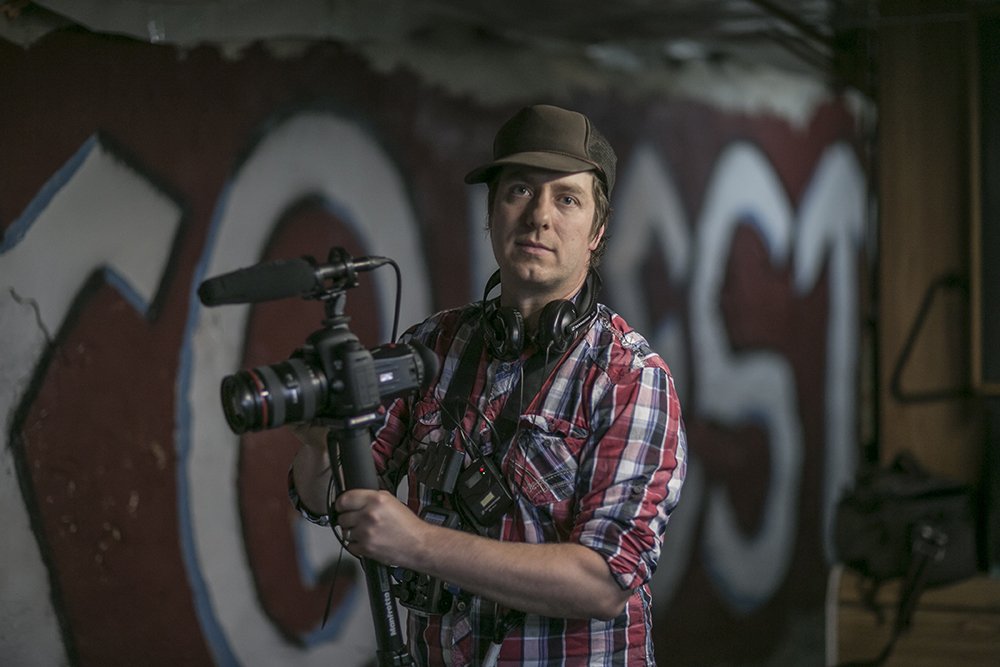 Jonathan Olshefski
Jonathan Olshefski
Radio, Television & Film
Full professor
Jonathan Olshefski is an artist and documentary filmmaker.
In 2017 he was named as one of 25 New Faces in Independent Film by Filmmaker Magazine. His debut feature documentary, QUEST, premiered in competition at the 2017 Sundance Film Festival and went on to be selected for over 75 festivals internationally where it won multiple awards including the Truer than Fiction Award at the 2018 Independent Spirit Awards.
Olshefski strives to tell intimate and nuanced stories that honor his subjects’ complexity by employing a production process that emphasizes collaboration, dialogue and relationship to amplify their voices and reflect their points of view in an artful way.
Professor Olshefski teaches Introduction to New Media, New Media Production, New Media Production 2, and New Media Practicum.
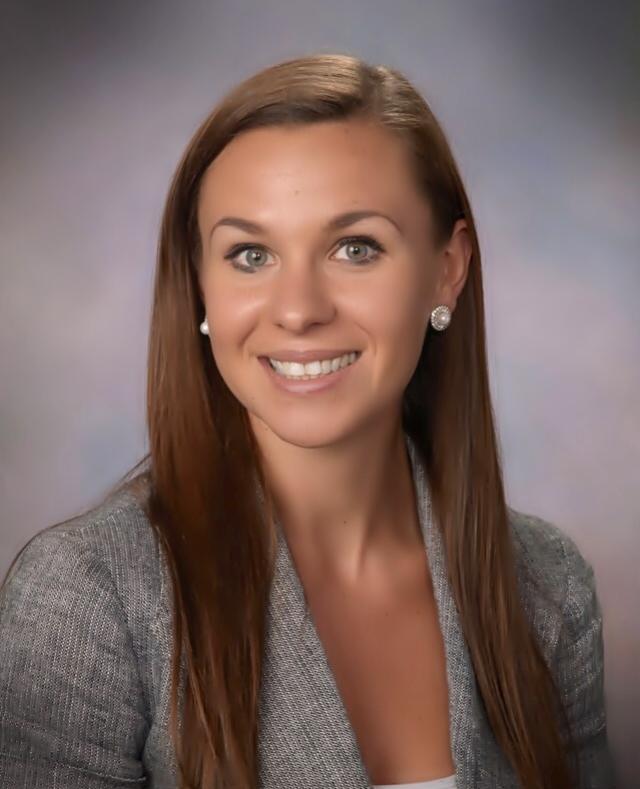 Jenn Tole
Jenn Tole
Writing Arts
Tenured Associate Professor
Dr. Jennifer Tole earned her Ph. D. from Temple University before coming to Rowan in 2014. She teaches Sophomore Engineering Clinic I, Writing for the Workplace, College Composition I and College Composition II.
Whether it is in the composition classroom, in training students to communicate as successful professionals, or in helping engineering students navigate technical documents, Dr. Tole views the act of writing as empowering and her goal is always to inspire students to be more critical readers, more effective writers, and more informed thinkers. Her research interests include technical and professional writing, writing in the disciplines, collaborative writing, and community-engaged learning.
